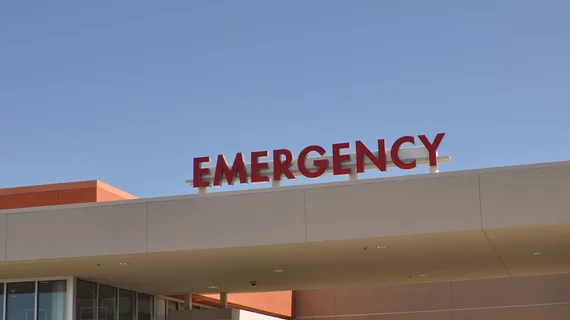Disparities in imaging exacerbated in emergency departments
Existing healthcare disparities are cause for concern in any scenario, but new evidence suggests that they may be even more prevalent in emergency settings.
New data indicate that Black patients experience increased image acquisition and image assessments times in the emergency department in comparison to their peers. This finding was consistent throughout both peak and non-peak hours but was exacerbated during peak hours.
Experts involved in the new Clinical Imaging paper suggested that the new data could be key in laying the groundwork for addressing the issues at hand.
“We know from prior literature that disparities exist, and we hope that the time segmentation of the patient flow continuum allows identification of disparities (possibly in unexpected places) which may allow for targeted interventions,” Farid Hajibonabi of Emory University School of Medicine and colleagues noted.
The team’s analysis consisted of 321,786 total ED visits—102,560 during peak hours and 219,226 during non-peak hours—across a four-hospital healthcare system in a major metropolitan city in the southeastern United States.
Among the insights that emerged from the data:
During peak hours, image acquisition and interpretation times were exacerbated for Black patients, females and patients with primary insurance.
During non-peak hours, patients aged 60 and older had longer stays in the ED and longer image acquisition and image assessment times.
Patients needing four or more imaging exams significantly increased during peak hours.
“Rather than examining utilization of imaging resources, our study analyzes disparities in patient flow among those ED patients receiving imaging,” the authors wrote, adding that the work prompts questions about what the underlying cause of some of these disparities might be.
They offered several suggestions, including longer assessment times for older patients who might display complex and/or incidental findings, and the “weekend effect” that occurs when a disproportionate influx of patients present to emergency departments.
The authors noted there are still many questions that need to be answered relative to time segments and how they affect patient flow. They suggested that answering these questions could be key in making necessary adjustments in radiology staffing and resources.
The study abstract is available here.

